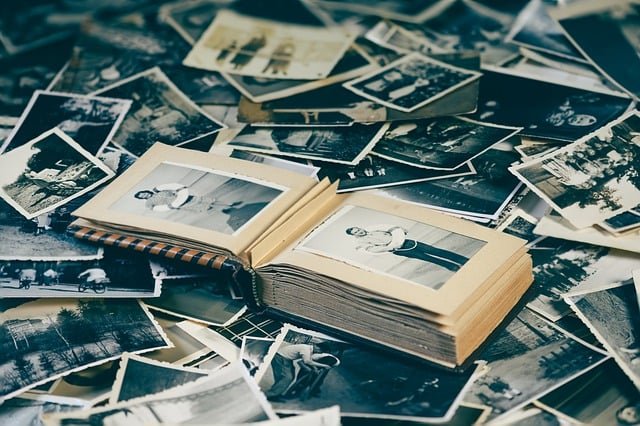Using Photographs and Records to Build Provenance Trails
Photographs and documentary records form the backbone of provenance trails for historic objects. Clear images, dated documents, and consistent cataloging practices help establish ownership history, support authentication, and assist with restoration, valuation, shipping, and insurance decisions.

Provenance is the documented history of an object and is essential when assessing authenticity, valuation, and appropriate care. High-quality photographs paired with clear records—such as acquisition invoices, exhibition histories, and conservation reports—create a verifiable trail. Images capture current condition, markings, and patina at specific moments in time, while written records explain chain of custody and any interventions. Together these elements reduce uncertainty during appraisal and authentication and improve outcomes for cataloging, curation, and insurance.
What is provenance and why document it?
Provenance is the sequence of ownership and custody that ties an object to particular people, places, or institutions. Documenting provenance helps confirm authenticity and contextual significance without relying on subjective statements. Records that can contribute include purchase receipts, auction lots, dealer correspondence, estate inventories, and exhibition labels. Photographic evidence complements these documents by visually recording condition, makers’ markings, and stylistic details that support a paper trail. Proper documentation also benefits future conservation choices and can be critical when transporting or insuring items.
How can photographs support authentication and appraisal?
Photographs provide objective, time-stamped visual information that appraisers and authenticators use to compare features with known examples. Detail shots of joinery, signatures, hallmarks, and finishes can reveal maker techniques or later alterations. Consistent photographic protocols—use of scales, lighting notes, and multiple angles—help professionals interpret images reliably. For appraisal, photographs paired with provenance documents reduce ambiguity about condition and completeness, which directly affects valuation. High-resolution images stored alongside written records create a durable reference for future review.
What role do conservation and restoration records play?
Conservation and restoration records document interventions, materials used, and the rationale behind treatments. These notes explain why certain actions were taken and provide a timeline of changes to an object’s patina and structure. Photographs taken before, during, and after treatment show how appearance and condition evolved, which is important for subsequent appraisals and for maintaining ethical standards in restoration. Transparent conservation records also inform decisions about future treatments and can indicate whether alterations affect historical integrity or value.
How should markings, patina, and cataloging be recorded?
Markings and patina are key identifiers that can indicate age, origin, and usage. Capture close-up images of maker’s marks, stamps, inscriptions, and distinctive wear patterns, and annotate each image with location and scale. Cataloging entries should include descriptive fields for materials, dimensions, visible markings, and condition notes, plus references to associated documentation and photographs. Use standardized terminology where possible and record who made each entry and when. This linkage creates a searchable record that aids research, curation, and comparison with other items.
How do valuation, shipping, and insurance rely on records?
Valuation depends on reliable documentation of provenance, condition, and any prior restoration. Insurers and shippers require detailed descriptions and photographic evidence to assess risk, set coverage terms, and establish a pre-loss condition baseline. Photographs should be dated and show the whole object as well as vulnerable points such as handles, legs, or inlays. Written inventories that reference photographs, dimensions, and markings streamline claims processes and reduce disputes over condition or ownership during transit or after loss.
How does curation tie provenance into collection management?
Curation integrates provenance records into interpretive narratives and practical collection care. Curators use documented provenance to verify an item’s relevance to exhibitions, to identify legal or ethical considerations, and to prioritize conservation efforts. A centralized catalog combining images, conservation files, acquisition paperwork, and appraisal reports supports loans, research requests, and provenance research. Maintaining consistent formats and secure backups helps institutions and private collectors manage records over time and reduces the risk of information loss.
In summary, building a strong provenance trail combines systematic photography with thorough documentary records. Images should be consistent and annotated; records should be clear, dated, and cross-referenced. Together they assist authentication, appraisal, conservation, cataloging, shipping, insurance, and curatorial decision-making, creating a durable account of an object’s history and condition for present and future stewards.






